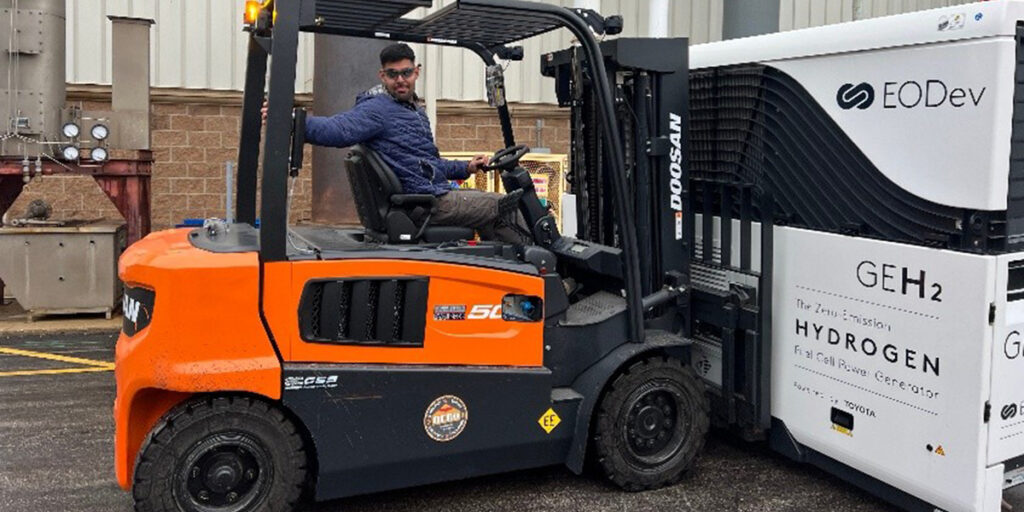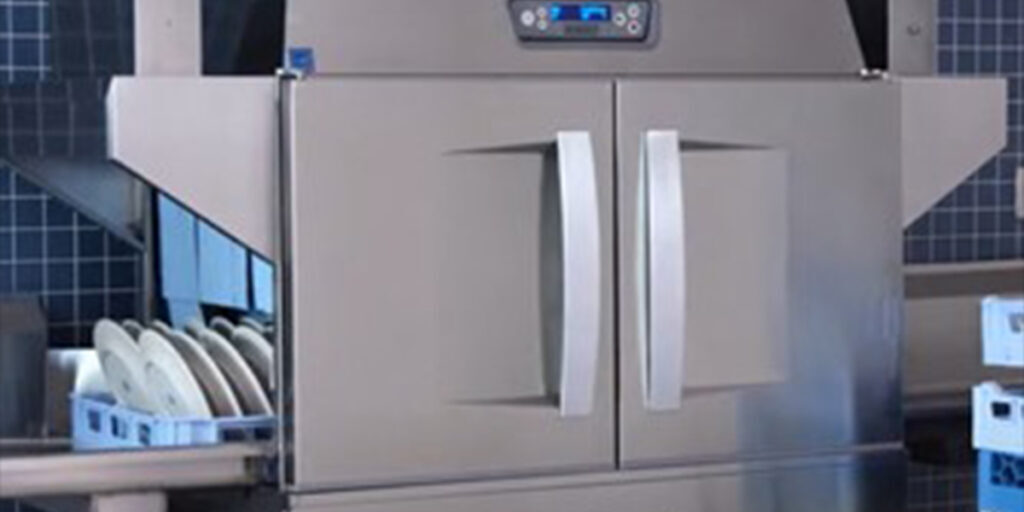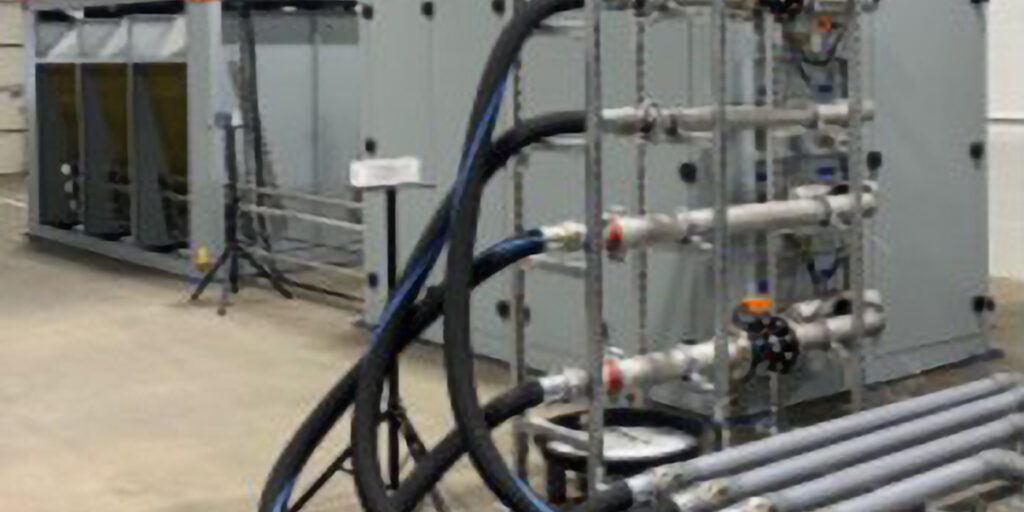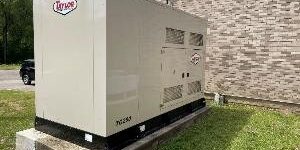As the largest energy consumer in the federal government, the U.S. Department of Defense (DOD) plays a critical role in advancing energy efficiency, improving system resilience, and accelerating the adoption of innovative technologies.
GTI Energy works alongside DOD to demonstrate and scale energy solutions to enhance military readiness while also benefiting local economies, utilities, and businesses. Through programs like the U.S. Army Corps of Engineers Construction Engineering Research Laboratory (CERL), Defense Innovation Unit (DIU), and the Environmental Security Technology Certification Program (ESTCP) Program, we work to develop, test, and scale energy solutions across military installations. These efforts focus on optimizing distributed energy resources, integrating next-generation systems, and strengthening infrastructure resilience.
Through applied research and collaboration, GTI Energy delivers data-driven solutions to help the DOD improve system reliability, increase efficiency, and support mission readiness. By assessing a wide range of technologies, we work to reduce energy waste, lower operational costs, and advance U.S. leadership in energy innovation.
GTI Energy also contributes to national energy strategy through its participation in the Resilient Infrastructure + Secure Energy (RISE) Consortium, supporting efforts to identify energy challenges, and opportunities across the U.S. federal landscape. GTI Energy is proud to support Fed Supernova 2025, a premier conference dedicated to fostering collaboration between government, entrepreneurs, and industry leaders. By accelerating dual-use solutions and facilitating the delivery of cutting-edge commercial technologies to the Department of Defense, Fed Supernova plays a crucial role in driving innovation and national security. GTI Energy's commitment to this event underscores our dedication to advancing technological breakthroughs and supporting initiatives that bridge the gap between public and private sectors. Together, we are powering the future of defense and energy solutions.
Learn More
Contact the energy experts today








